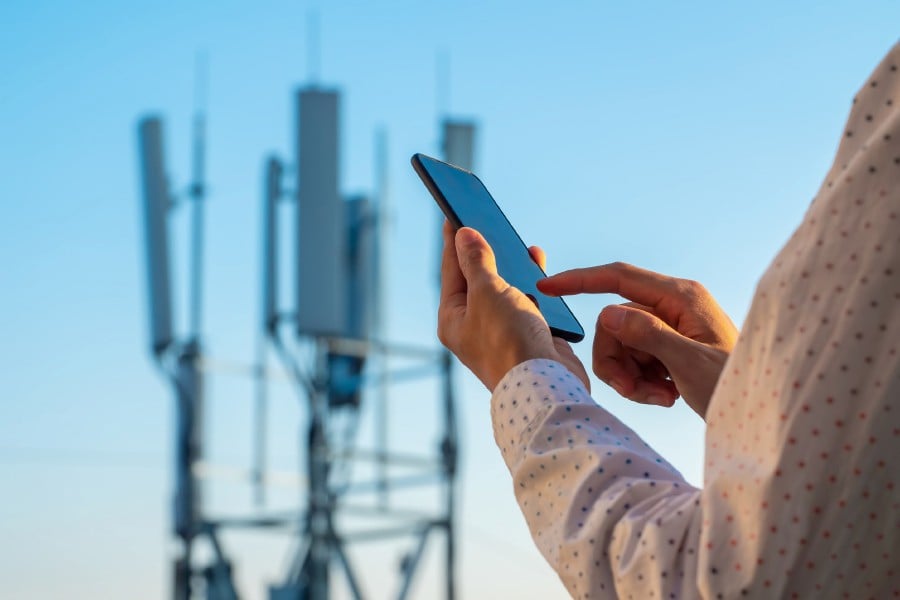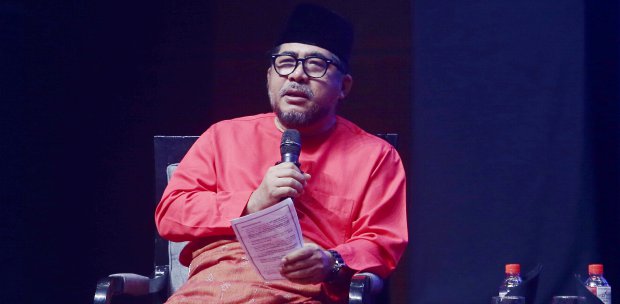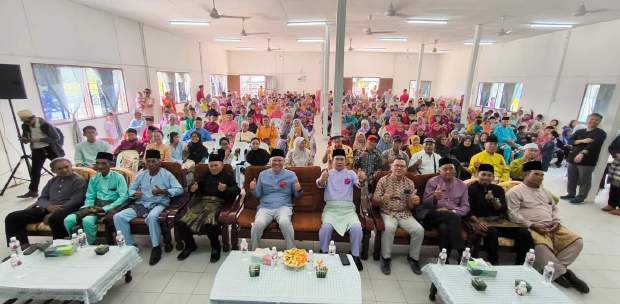KUCHING: Sarawak has signed a Smart600 multi-operator core network (MOCN) agreement with four mobile network operators (MNOs) to enhance the digital connectivity in the rural areas of the state.
The agreement was signed between Sarawak Digital Economy Corporation Bhd (SDEC) and CelcomDigi Bhd, Maxis Broadband Sdn Bhd, U Mobile Sdn Bhd and YTL Communications Sdn Bhd.
The ceremony at the Hikmah Exchange Event Centre also saw a memorandum of understanding signed between Maxis and TM Technology Services Sdn Bhd for a domestic roaming (DR) service for TM SMART600 users.
Once in service, TM customers would enjoy TM's cellular services at all SMART600 sites.
Communications Minister Fahmi Fadzil, Minister and state Utility and Telecommunications Minister Datuk Seri Julaihi Narawi witnessed the inking of the deals. Julaihi was representing Premier Tan Sri Abang Johari Tun Openg.
SDEC, in a statement, said the service was "aligned with the Sarawak government's aspiration to ensure comprehensive network coverage in the (state)".
In his address read out by Julaihi, Abang Johari said Sarawak could not talk about its digital transformation drive, which was launched in 2018, without bringing infrastructure into the equation.
"Infrastructure is crucial for the functioning of digital services and platforms that form the basis of the modern economy," he said.
In October last year, the Sarawak government launched its Sarawak Digital Economy Blueprint 2030, a comprehensive economic and social development plan curated based on the existing Sarawak Digital Economy Strategy 2018-2022, which underpinned the United Nations sustainable development goals (SDGs).
One of the five strategic pillars of the blueprint is the Foundation for Digital Economy.
Abang Johari said under the strategic pillar, the objective of the state's digital telecommunication infrastructure initiative was to provide high-speed and reliable telecommunication connectivity and services.
He added that emphasis had been put into strengthening digital infrastructure as the underlying enabler of support for the state's digital economy, enabling connectivity, data transmission, cross-border collaboration, global reach, digital services and innovation.
He also said to have "advanced" mobile applications to cutting-edge IoT (the Internet of Things) solutions, a robust digital infrastructure was required as it could play a critical role in driving technological progress and economic development.
Abang Johari said Sarawak's economic significance could not be overlooked as the region, together with Selangor and Kuala Lumpur, were the only three states that contributed to more than half of the national gross domestic product (GDP).
Citing data from the Statistics Department in 2021, Sarawak contributed 9.75 per cent to the national GDP, while Selangor and Kuala Lumpur contributed 25.54 per cent and 16.2 per cent, respectively.
He said the Sarawak government aimed to double the region's GDP from RM140 billion in 2022 to RM282 billion by 2030, and along the way, create 200,000 new jobs.





